The 19th
LaureateSculpture
Tony Cragg
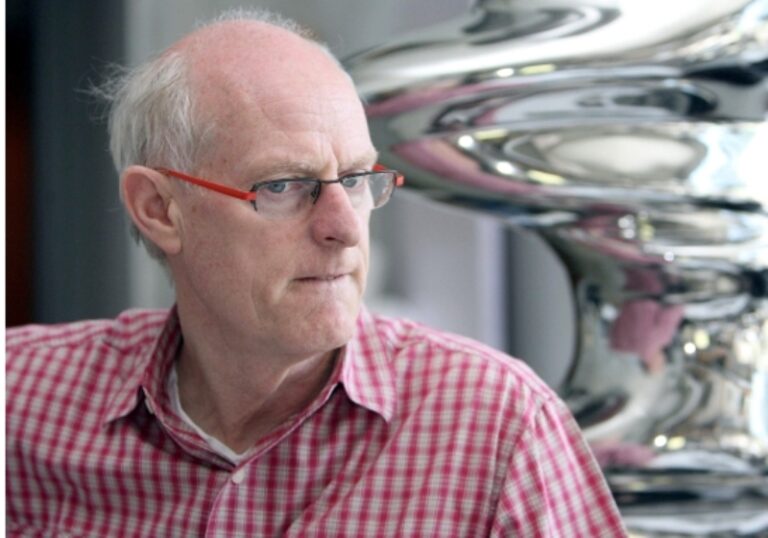
The British sculptor Tony Cragg studied art at the Wimbledon School of Art and then at the Royal College of Art after having worked as a laboratory technician. After graduation,he moved to the German city of Wuppertal in 1977. Cragg is recognized as one of the leading figures in the "New British Sculpture movement"; a 1980s movement that searched for new meaning in sculpture. In his early works he used materials such as plastic,glass and other industrial materials combining them to produce works that are suggestive of human figures,landscapes,vessels and other man-made objects. Cragg developed countless new possibilities in the making of sculpture. His use of both man-made and natural objects both as images and forms reflects a search for the essence of materials and the relationship of man to nature. In the mid-80s he has started to use more traditional materials,such as steel,bronze and synthetic materials,but his mastery goes beyond form and material. In addition to making sculpture and drawings,Cragg is currently creating a sculpture park in his adopted city of Wuppertal,which will be open to the public in 2008.
Biography
The British sculptor Tony Cragg studied art at the Wimbledon School of Art and then at the Royal College of Art after having worked as a laboratory technician. After graduation,he moved to the German city of Wuppertal in 1977,where he has lived and worked ever since. He has taught at the Kunstakademie in Düsseldorf since 1978.
Cragg is recognized as one of the leading figures in the "New British Sculpture" movement; a 1980s movement that searched for new meaning in sculpture. In his early works he used materials such as plastic,glass and other industrial materials combining them to produce works that are suggestive of human figures,landscapes,vessels and other man-made objects. Cragg developed countless new possibilities in the making of sculpture. His use of both man-made and natural objects both as images and forms reflects a search for the essence of materials and the relationship of man to nature.
He has exhibited extensively,twice in the Documenta in Kassel (1982 and 1987) and in 1988 he represented Great Britain in the Venice Biennale and won the Turner Prize.
Many of the people Cragg says he is influenced by are scientists and philosophers,and he comments: "Science is a very thorough way of observing the world,and this view is useful for art as well."
Cragg’s early works use simple techniques like stacking,splitting and crushing. In 1978 he collected discarded plastic fragments and arranged them into color categories. The first work of this kind was called New Stones-Newton’s Tones. In the mid-80s he started to use more traditional materials,such as plaster,steel,bronze as well as synthetic materials.
Cragg has said that the appearance of the world we have created is determined by thousands of lowest common denominator decisions and that therefore,utilitarianism is in effect limiting the possibilities of form. On the contrary,he sees art and in particular sculpture as being essential experiences with material resulting in new forms and meanings. Different materials being like the instruments of an orchestra,with a range of possibilities and a range of expression. As an artist,one may be able to expand those qualities in one way or another or find new melodies,new forms and new expressions.
He says from the point of view of a sculptor and materialist that as the human brain is the most complicated of all materials and the human mind the most interesting all of material phenomena that: "If you consider the continual and deep interaction between the material in your head that you use to think with and the material outside of yourself you realize that in changing things outside of the human mind,you are also changing your mind."
In addition to making sculpture and drawing,Cragg is currently working on the creation of a sculpture park in his adopted city of Wuppertal,which will be opened to the public in 2008.
Chronology
BA at Wimbledon School of Art (70-73)
Documenta in Kassel (also in '87)
British representative at the 43rd Venice Biennale
Professorship at the Kunstakademie,Düsseldorf (Co-Director 1989-2001)
Lives and works in Wuppertal,Germany
-
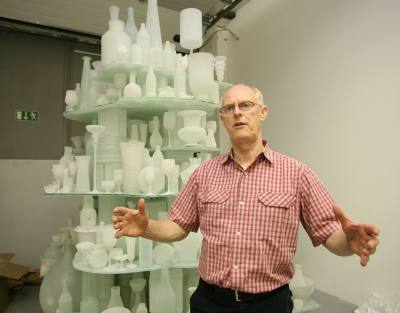
At his studio in Wuppertal, Germany
-
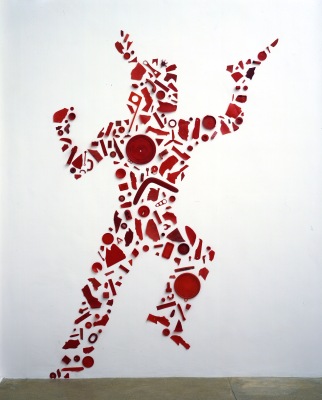
Red Indian, 1983
-
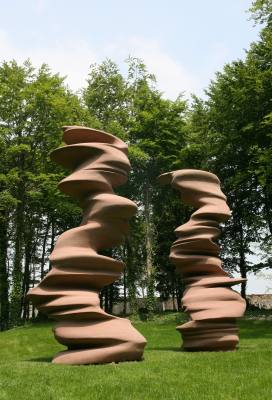
Here today Gone Tomorrow, 2002
-
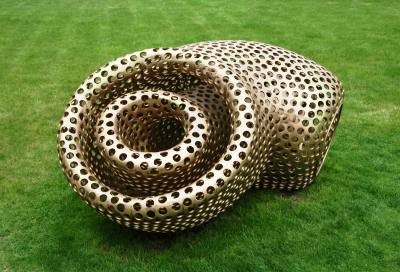
Tongue in Cheek, 2002
-
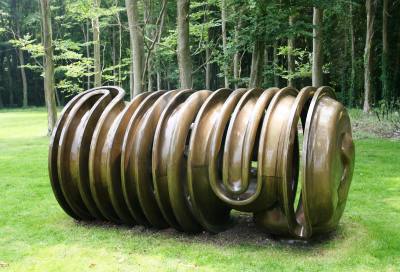
Sinbad, 2003
-
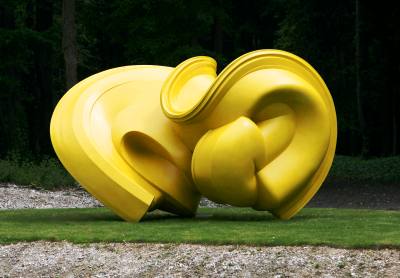
Declination, 2005
-
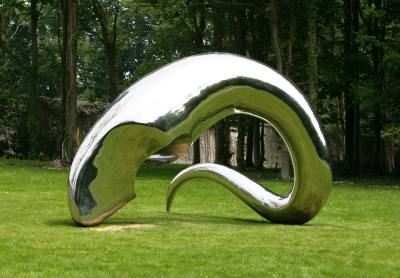
I'm Alive, 2005
